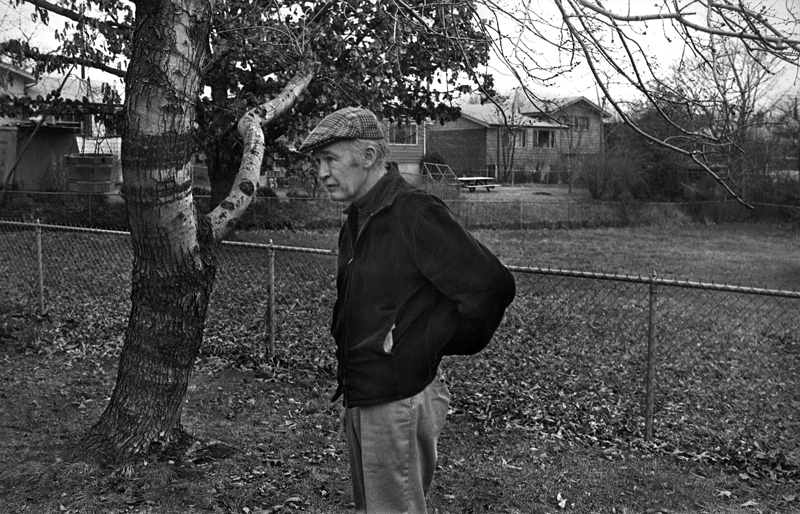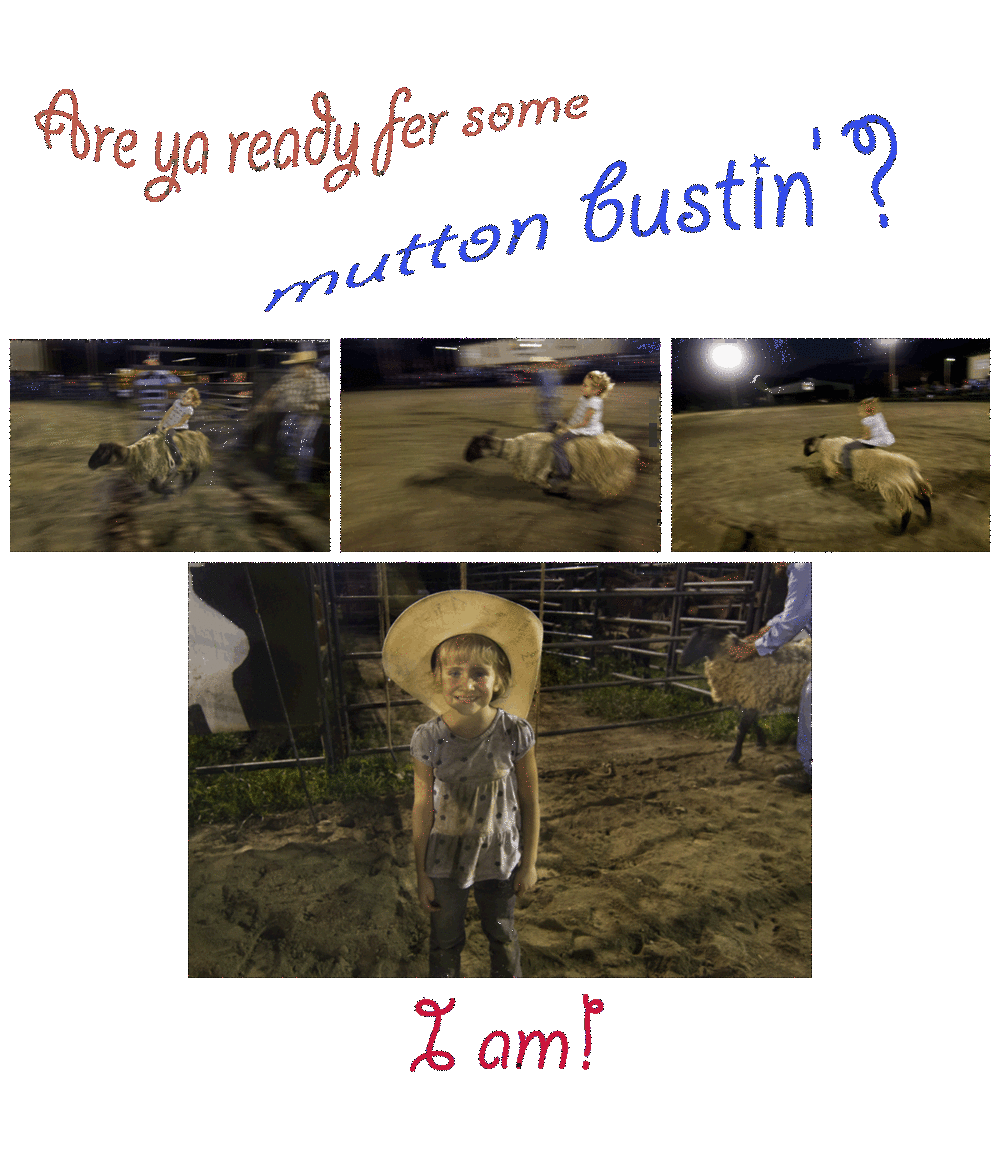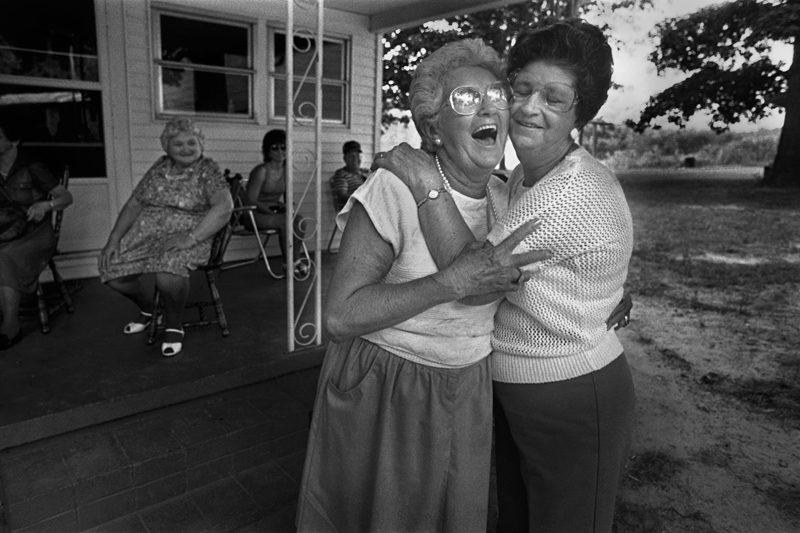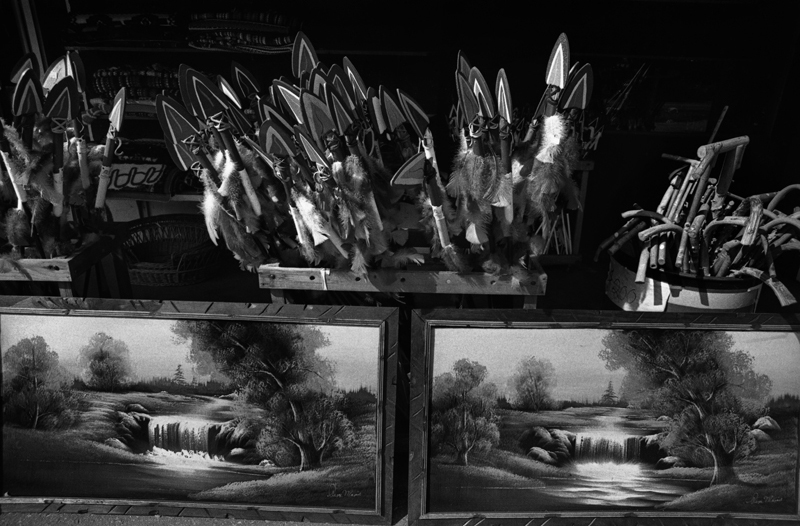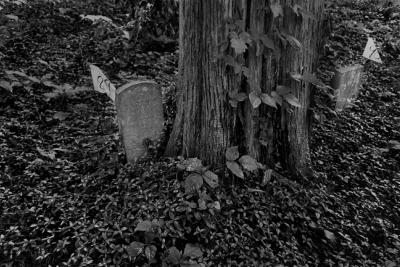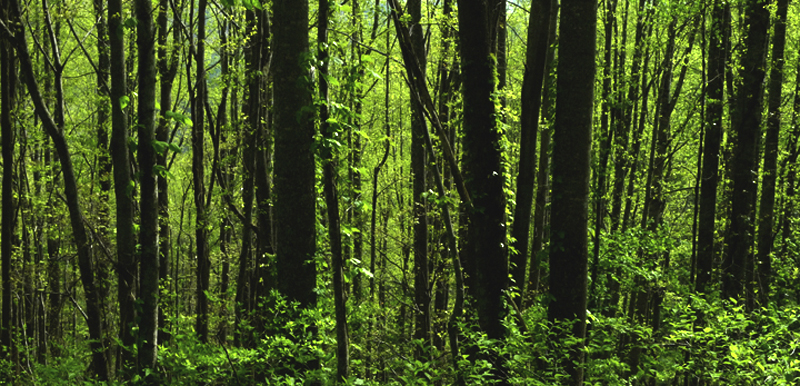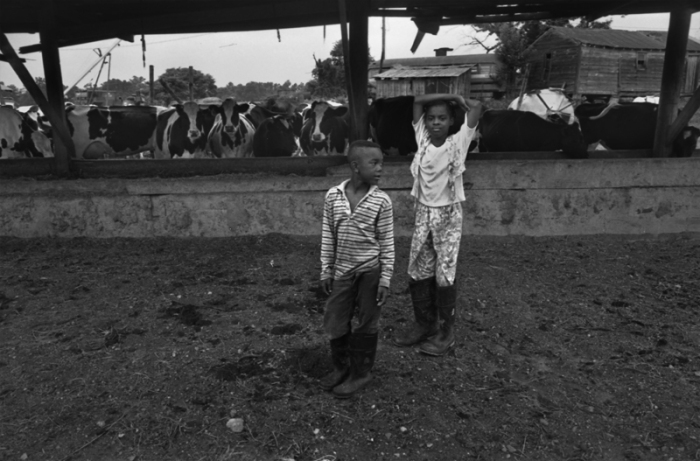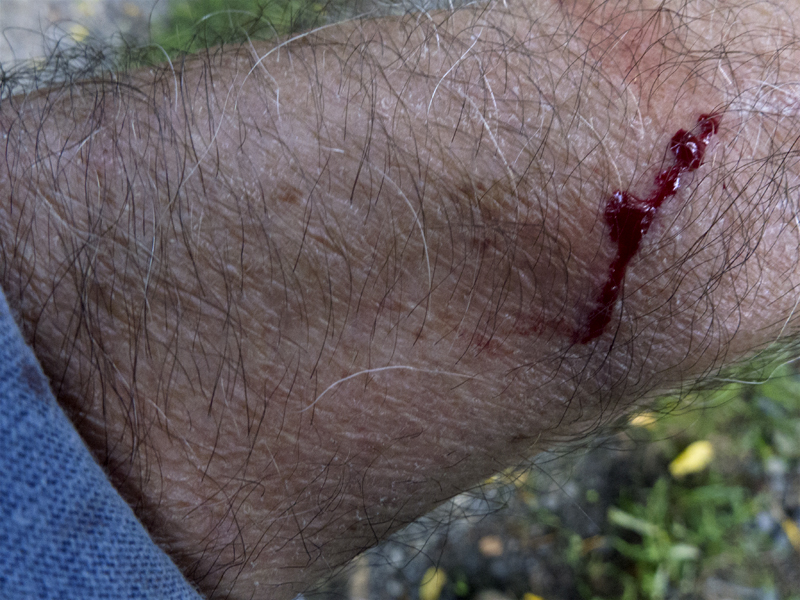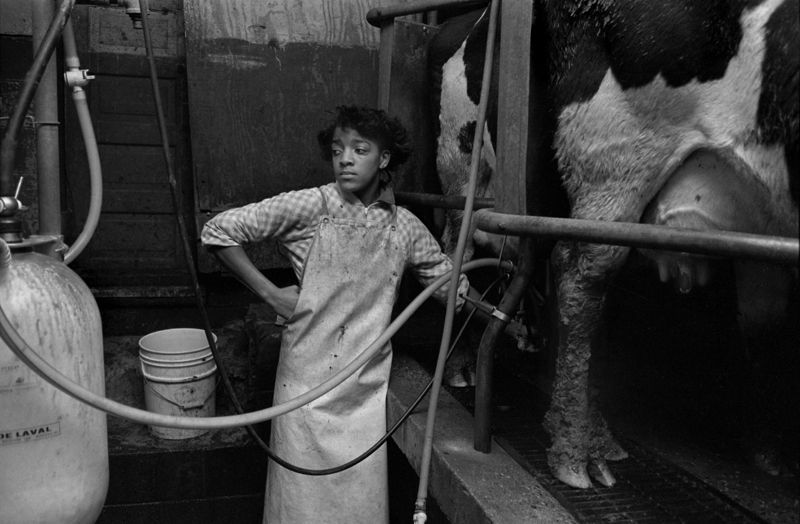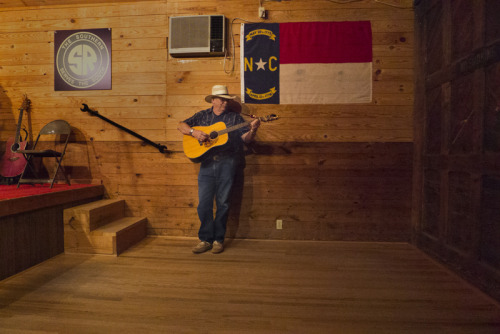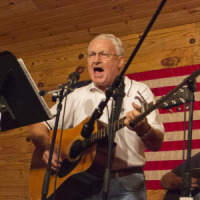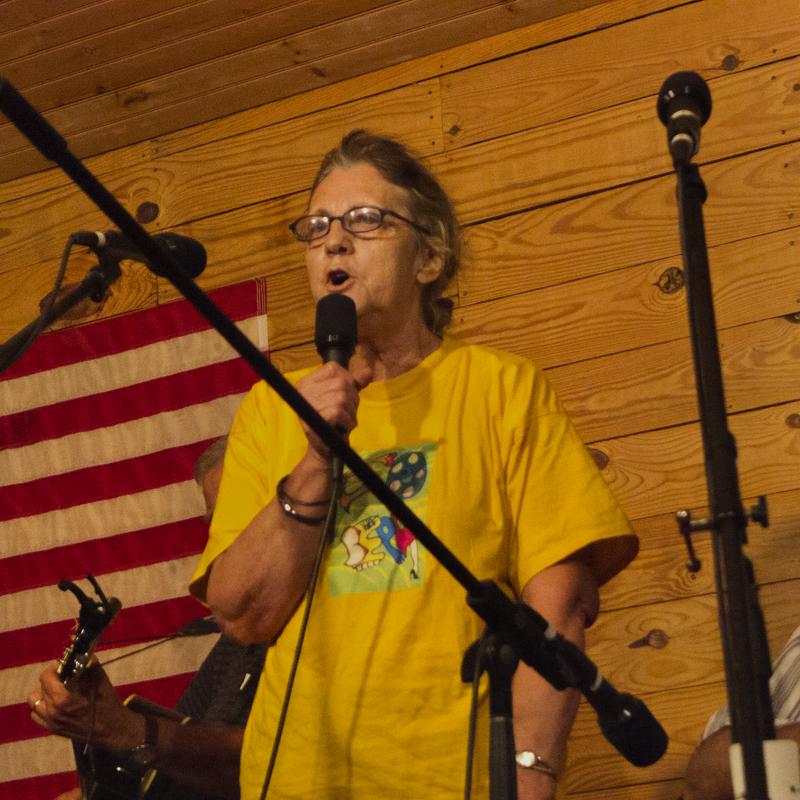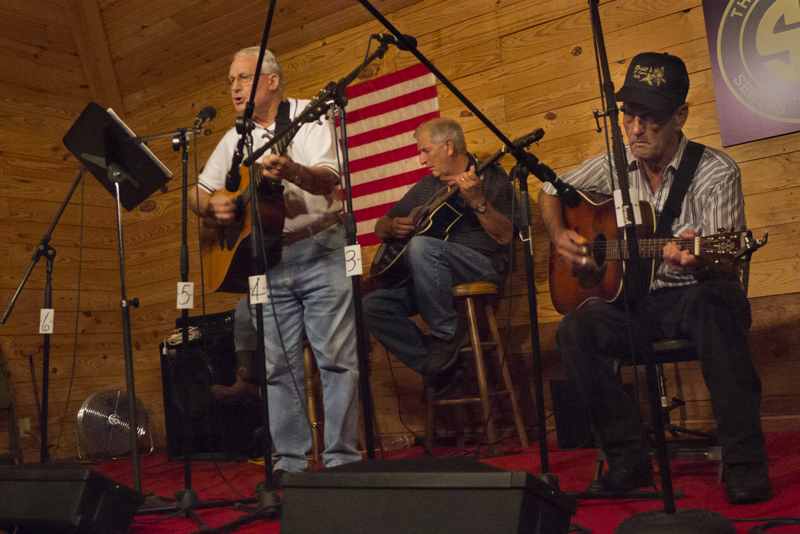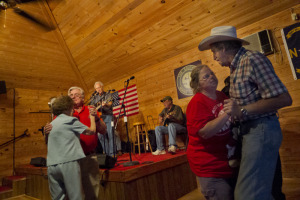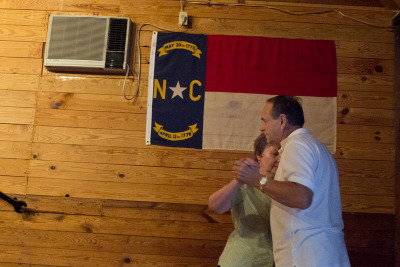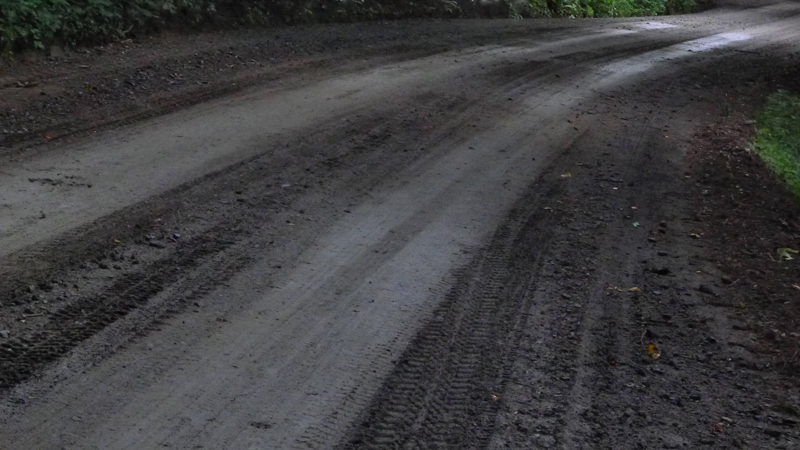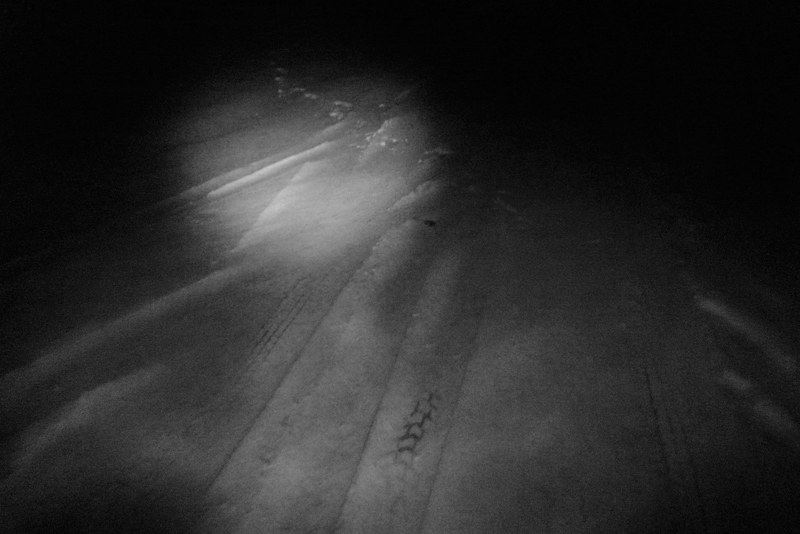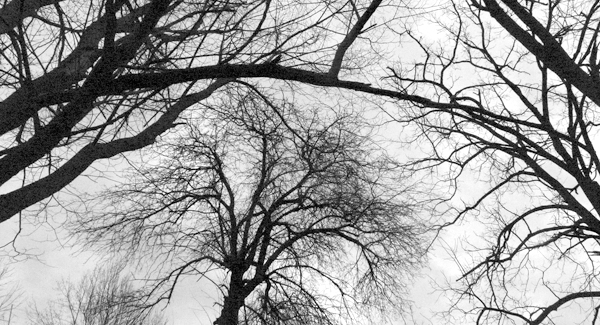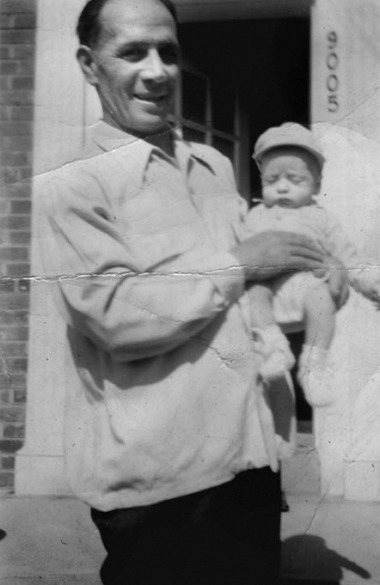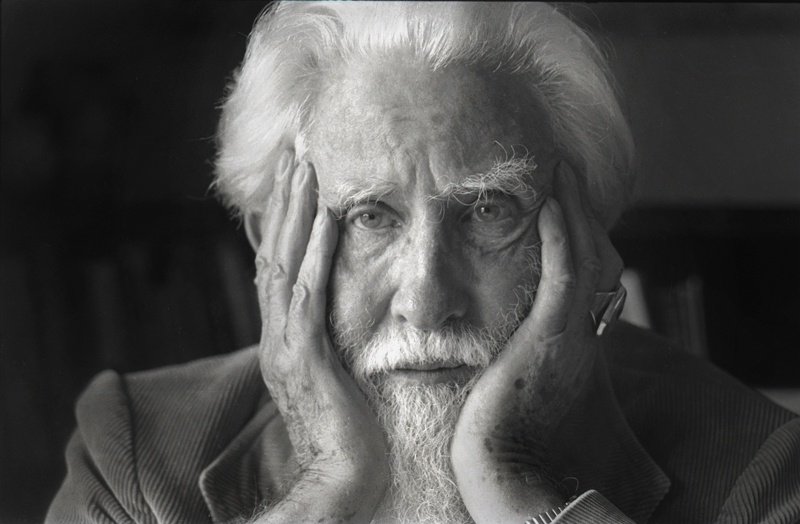
I had the opportunity to photograph the Amerian activist poet, writer and journalist, John Beecher, in 1976 for an Asheville arts monthly named The Arts Journal. Beecher was descended from the same family of New England abolitionists that produced Harriet Beecher Stowe and actively wrote about the American Labor and Civil Rights Movements. He was living in Burnsville when I met him, eking out a living as a printer and publisher. He had lost his teaching job at San Francisco State University in the 1950s, during the McCarthy era, for refusing to sign a state loyalty oath. The law was overturned in 1967 and he was reinstated to his teaching position in 1977. Beecher returned to San Francisco State in 1979 for what turned out to be the last year of his life.
I took Mr. Beecher a copy of this print and a copy of The Arts Journal, which had run it on the cover. He looked at it and said, “It makes me look like Job.” I sensed he wasn’t exactly pleased with the representation. But as I thought about Beecher’s life of activism and integrity, and the losses he had suffered because of it, I realized the likeness with Job was perhaps more than just mere representation.







